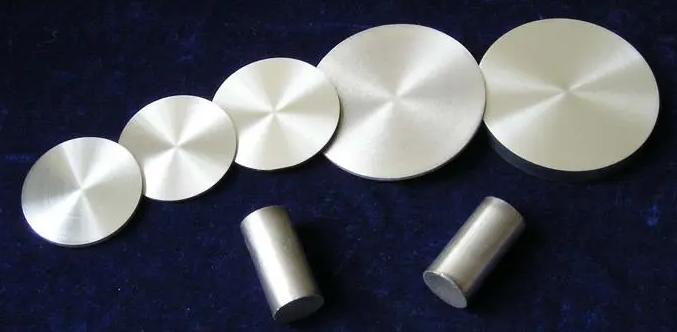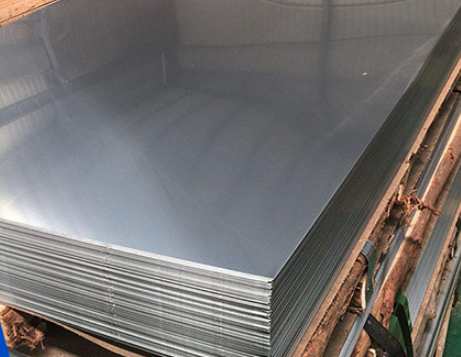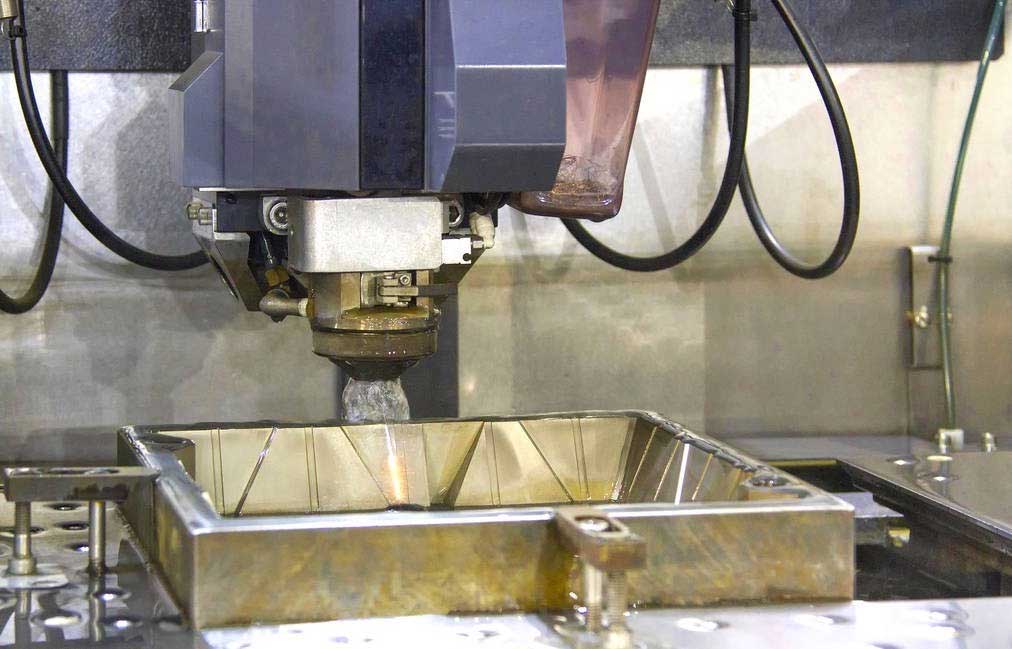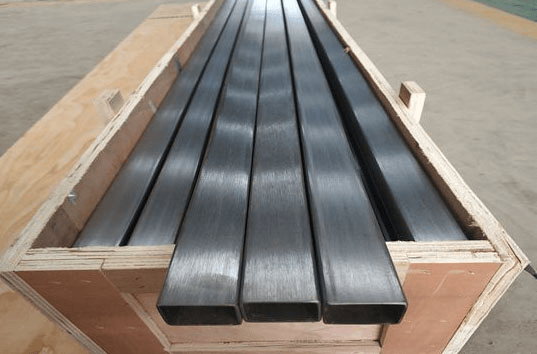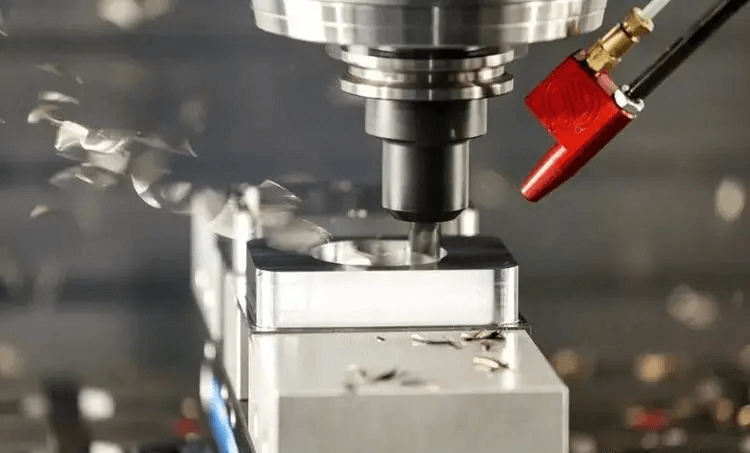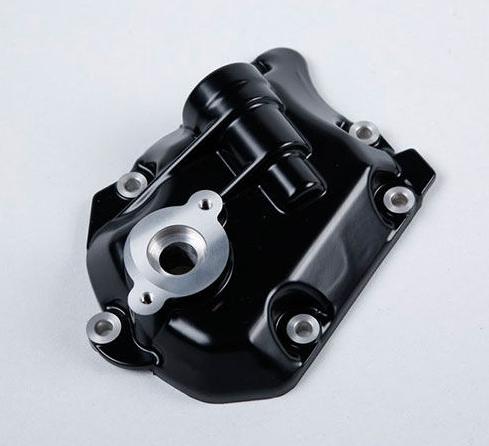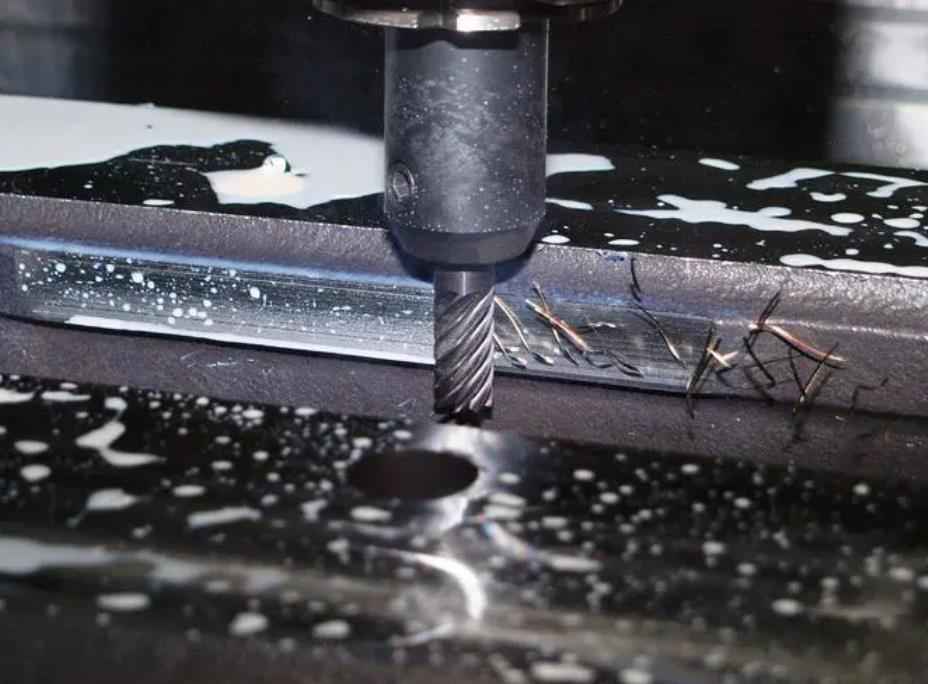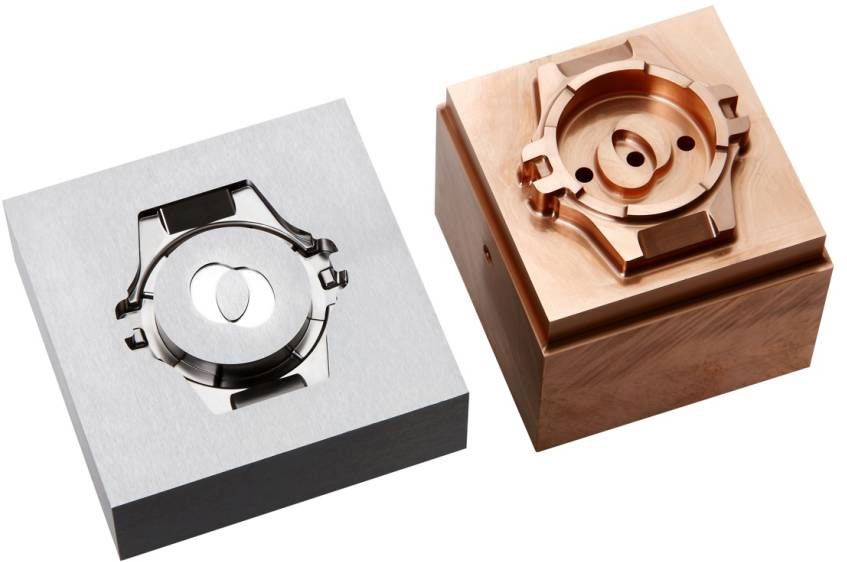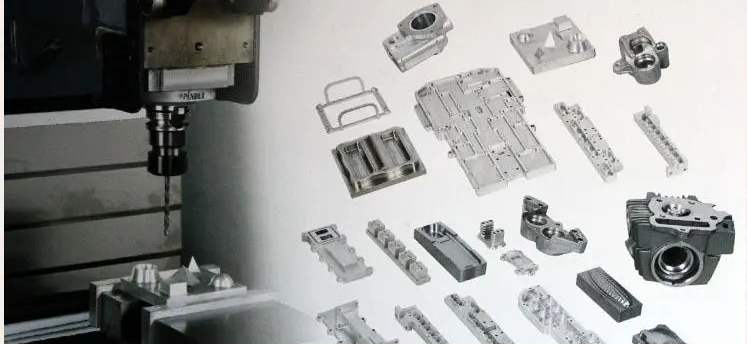CNC milling of titanium presents a unique set of challenges due to the material’s toughness, low thermal conductivity, and propensity to generate heat during machining. Achieving precision in titanium CNC milling is essential, whether you’re crafting intricate aerospace components or medical implants. In this article, we’ll explore some top tips and strategies to help you attain the precision required when working with titanium.
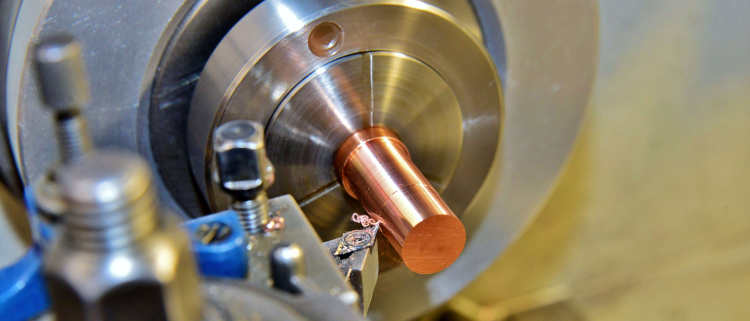
1. Select the Right Tooling in Titanium CNC Milling
One of the fundamental keys to precision in titanium CNC milling is using the right cutting tools. Consider the following factors when selecting your tools:
- Tool Material: Opt for carbide tools or specialized high-performance tool materials designed for titanium machining. These tools are more durable and heat-resistant.
- Tool Geometry: Choose tools with sharp cutting edges and positive rake angles. The right geometry helps reduce cutting forces and heat generation.
- Coatings: Coated tools, such as TiAlN or TiN coatings, provide additional heat resistance and improve tool life.
2. Optimize Cutting Parameters in Titanium CNC Milling
Titanium is sensitive to cutting speed and feed rate. To achieve precision, start with conservative cutting parameters and gradually increase them while monitoring the results. Consider these parameter adjustments:
- Cutting Speed: Begin with a lower surface speed, typically around 20-60 m/min (65-200 ft/min), and adjust as needed based on tool performance and material response.
- Feed Rate: Start with a slow feed rate and gradually increase it to find the balance between material removal rate and precision. A range of 0.03 to 0.15 mm/tooth (0.0012 to 0.006 in/tooth) is common.
- Depth of Cut: Keep the depth of the cut shallow to minimize heat buildup and tool wear.
3. Implement Effective Cooling and Lubrication in Titanium CNC Milling
Titanium machining generates significant heat, so efficient cooling and lubrication are crucial for precision. Use a flood coolant system to maintain a constant flow of coolant over the cutting area. High-pressure coolant can be particularly effective in dissipating heat.
Consider using specialized cutting fluids or coolants designed for titanium to reduce friction and enhance lubrication. Proper cooling not only improves precision but also extends tool life.
4. Toolpath Strategy Matters in Titanium CNC Milling
The choice of toolpath strategy can significantly impact precision. Consider using adaptive toolpaths or high-efficiency machining strategies to maintain a consistent chip load and minimize heat buildup. Climb milling (cutting in the same direction as tool rotation) can also help reduce tool deflection and improve accuracy.
5. Secure Workholding and Machine Rigidity in Titanium CNC Milling
Precision begins with stable workholding. Ensure your workpiece is securely held in place to prevent vibration and chatter. Any vibration can negatively affect surface finish and dimensional accuracy. Additionally, maintain the rigidity of your CNC machine to reduce vibrations during machining.
6. Monitor and Inspect Tools in Titanium CNC Milling
Regularly inspect cutting tools for signs of wear or damage. Replace worn tools promptly to maintain consistent machining quality and precision. Implement tool monitoring systems that can detect tool wear and automatically stop the machining process if necessary.
7. Quality Control and Measurement in Titanium CNC Milling
Precision in CNC milling requires meticulous quality control. Use measurement tools like profilometers or surface roughness testers to verify the surface finish and dimensional accuracy of your titanium parts. Regularly measure critical dimensions to ensure they meet design specifications.
8. Deburring and Surface Finish in Titanium CNC Milling
After machining, take care of deburring and surface finishing. Remove any remaining burrs or sharp edges using appropriate tools and techniques. Depending on the application, consider post-processing methods such as abrasive blasting or polishing to achieve the desired surface finish.
9. Experiment and Fine-Tune in Titanium CNC Milling
Achieving precision in titanium CNC milling often involves experimentation and fine-tuning of cutting parameters and techniques. Keep a record of your successful setups and lessons learned, as this knowledge can be invaluable for future projects.
Conclusion
Precision in titanium CNC milling is attainable with the right tools, cutting parameters, and machining strategies. By selecting high-quality tooling, optimizing cutting parameters, implementing effective cooling and lubrication, and paying attention to work holding and machine rigidity, you can enhance precision while working with this challenging material.
Regular tool inspection, quality control measures, and post-processing for surface finish are essential steps in achieving precision. Additionally, remember that patience and continuous improvement are key to mastering the art of precision in titanium CNC milling. With practice and attention to detail, you can produce precise titanium components for a wide range of applications.


